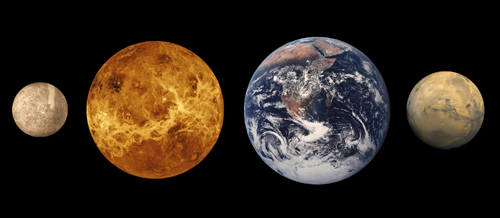An amazing scientific discovery reveals parts of the planet Venus move in a similar way to on Earth. Latest research suggests that the planet could actually be alive.

Scientists have made an amazing discovery, that pieces of Venus move. They move around in a similar fashion to tectonic plates on Earth. Whilst scientists do not believe that this is driven by tectonic plates, they do believe it is a “cousin” of the process.
The recent discovery leads scientists to believe the planet is very much alive. This is a contrast to former believes that it was not.
Europe is preparing to send EnVision to Venus, to gather Spectroscopic measurements. These measurements help to measure radiation. In addition to Europes ship, NASA also plan to send two further crafts up. Verity and DaVinci + are due for launch towards the end of 2029.
Associate professor of Planetary Science, Paul Byrne, says the tectonic deformation is “driven by interior motion just like on Earth”.
What does the discovery on Venus actually mean?
A collection of scientists, professors and colleagues were first to make the discovery. Blocks of rocky crust, which are located in Venus’s lowlands region, are moving. They are moving laterally to one another.
The activity is fairly recent. Scientists compare the movement to the way fragments of ice move in the sea. These blocks, in a similar fashion to ice, are not small. They are, in fact, approximately 620 miles long. They resemble crusts from various locations around the world such as China, Australia and the Czech Republic.
Principal Investigator of the European Space Agency’s EnVision mission, told BBC news how vital this mission is. He says the research shows “there is a lot to learn from Venus”. This includes learning more about its plate tectonics.
The scientists are using data gathered by the Magellan spacecraft. This spacecraft launched in 1989, remaining active until 1994. The mission was to provide a map of the surface structures. Originally it was thought that the planet was one large, continuous piece. The findings suggest Venus’s lithosphere is mobile, although not as mobile as Earth.
The new discovery finds that Venus may be where Earth was approximately 4 billion years ago when heat flow to the planet was higher.

Looking for additional living space or somewhere quiet to work from home? Look no further – Log cabins at affordable prices.